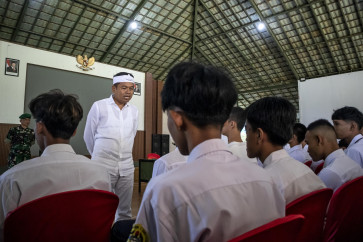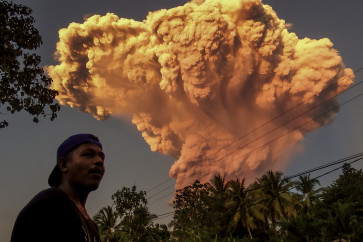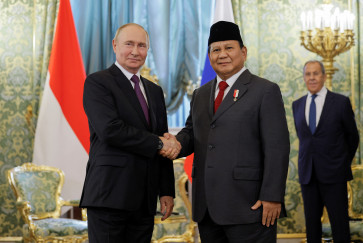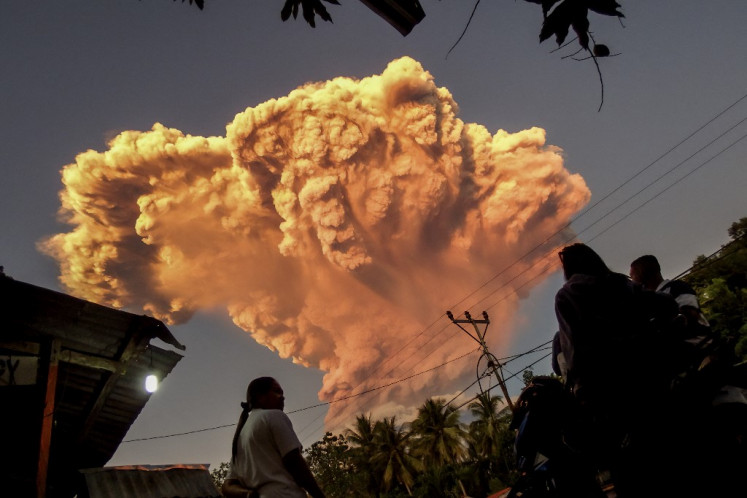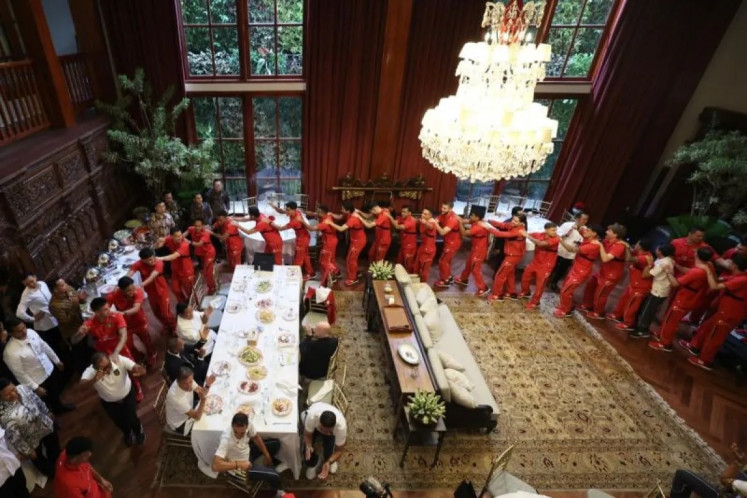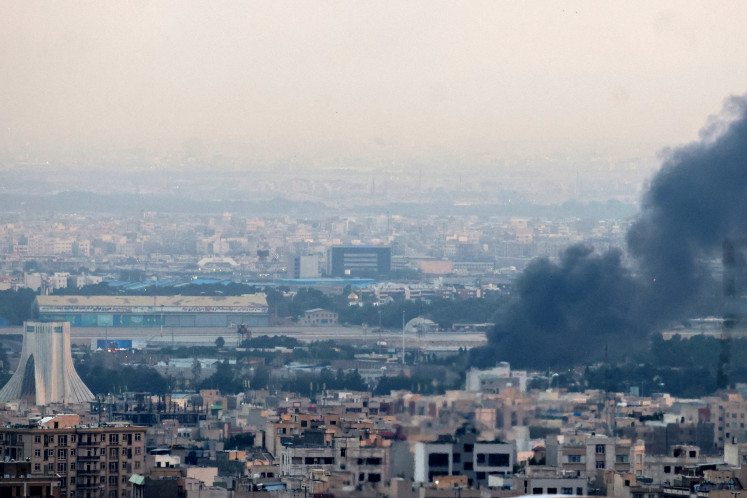Popular Reads
Top Results
Can't find what you're looking for?
View all search resultsPopular Reads
Top Results
Can't find what you're looking for?
View all search resultsCity to unite effort to save mangroves
The City Environment Management Agency (BPLHD) will launch its Green Belt initiative to bring together various mangrove conservation efforts in the city’s northern coastal area
Change text size
Gift Premium Articles
to Anyone

T
he City Environment Management Agency (BPLHD) will launch its Green Belt initiative to bring together various mangrove conservation efforts in the city’s northern coastal area.
The launch, scheduled for this Sunday at the Angke Kapuk protected forest in Pantai Indah Kapuk, North Jakarta, will be marked by the planting of 2,000 mangrove trees in a 2,000-square-meter area.
“There have been a number of separate planting drives by various stakeholders in the area, and we aim to unite them to accelerate the regeneration of mangrove forests along the coastline,” BPLHD head Peni Susanti said Thursday.
“Although each stakeholder has carried out separate conservation efforts, the areas they planted now form a circle resembling a belt, so that’s why we came up with this initiative.
“Through this initiative, we hope all stakeholders will intensify their efforts to protect mangrove trees from erosion, which has affected almost half of the total area, particularly in the protected forest,”
she added.
The 334-hectare area covered under the Green Belt is divided into several zones, each of which is managed by different stakeholders.
The Angke Kapuk protected forest is under the management of the Jakarta Fisheries and Agriculture Agency and PT Kapuk Naga Indah, while the Angke Kapuk Tourism Park falls under the auspices of PT Murindra.
The Muara Angke Wildlife Park is being conserved by the Forestry Ministry’s Nature Conservation Body and PT Mandara Permai.
The fisheries agency also manages the Pantai Indah Kapuk
Mangrove Tourism Site and mangrove area along the Sedyatmo toll road.
Also included in the Green Belt is the 10.5-hectare Angke Kapuk seed plantation, the 28.4-hectare Cengkareng Drain and the 7-hectare Muara Angke Eco-Marine Tourism.
Three hundred hectares of the Green Belt’s 334 hectares have been replanted, but the remaining area needs more trees, said PT Kapuk Naga Indah spokesman Kosasih Wirahadikusumah.
Mangrove conservation efforts in the area face constant challenges, because the trees are easily swept away by waves or floods. The waves also deposit piles of garbage in the mangrove forest.
To protect the trees from being eroded by waves, bamboo fences have been set up along the coast, but the fences collapse whenever strong waves strike.
Kosasih said stakeholders involved in the conservation efforts should also construct a dam along the coast to break the waves.
“Most of them might not be able to afford to build a dam, and so set up bamboo fences, but that makes their restoration efforts useless because of the strong waves,” he said.
“If we only rely on the bamboo fences, we plant the trees and then lose them on the very same day.”
He added PT Kapuk Naga Indah had begun building a dam, but added it was only big enough to cover a third of its 17-hectare conservation area in the Angke Kapuk protected forest.
“We’ll extend the dam to cover the whole 17 hectares, but we also need to work together with other stakeholders through this Green Belt initiative,” he said.
He added it would take another two years to complete the dam, which is being built 100 meters from the coastline.

